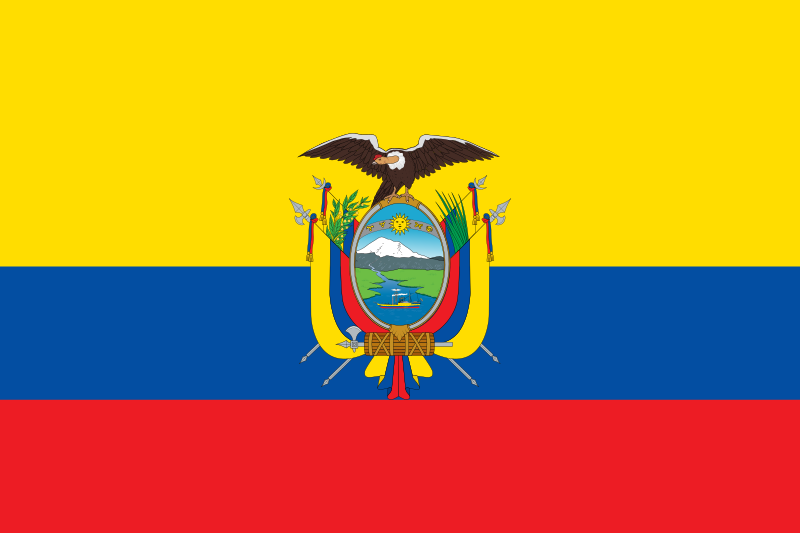
White - represents snow and also peace and honesty
Blue - represents lakes and sky and also vigilance, truth and loyalty, perseverance & justice
The National flag of Finland should never be flown above another national flag on the same staff as this would suggest superiority, or conversely, inferiority of one flag, or Nation, over another
Capital - Helsinki
Population - 5,421,827
Religion - 76.4% belong to the Evangelical Lutheran Church of Finland, 21.0% (No religious affiliation), 1.1% (Finnish Orthodox), 1.4% (Other)
Language(s) - Finnish, Swedish
Finland was one of the last region of Europe to be Christianised, in the 12th century.
Finland has only been an independent country since 1918. Before that it belonged to Russia or Sweden.












